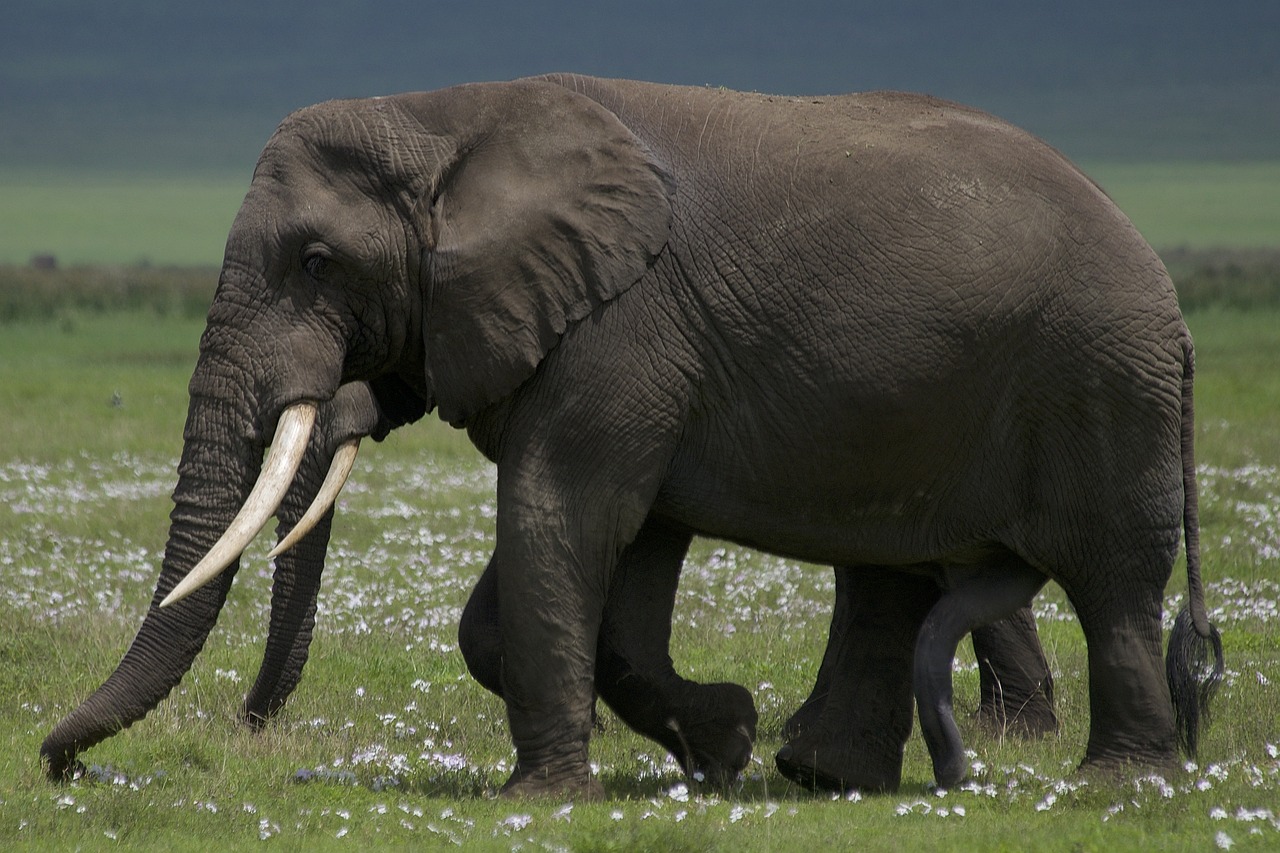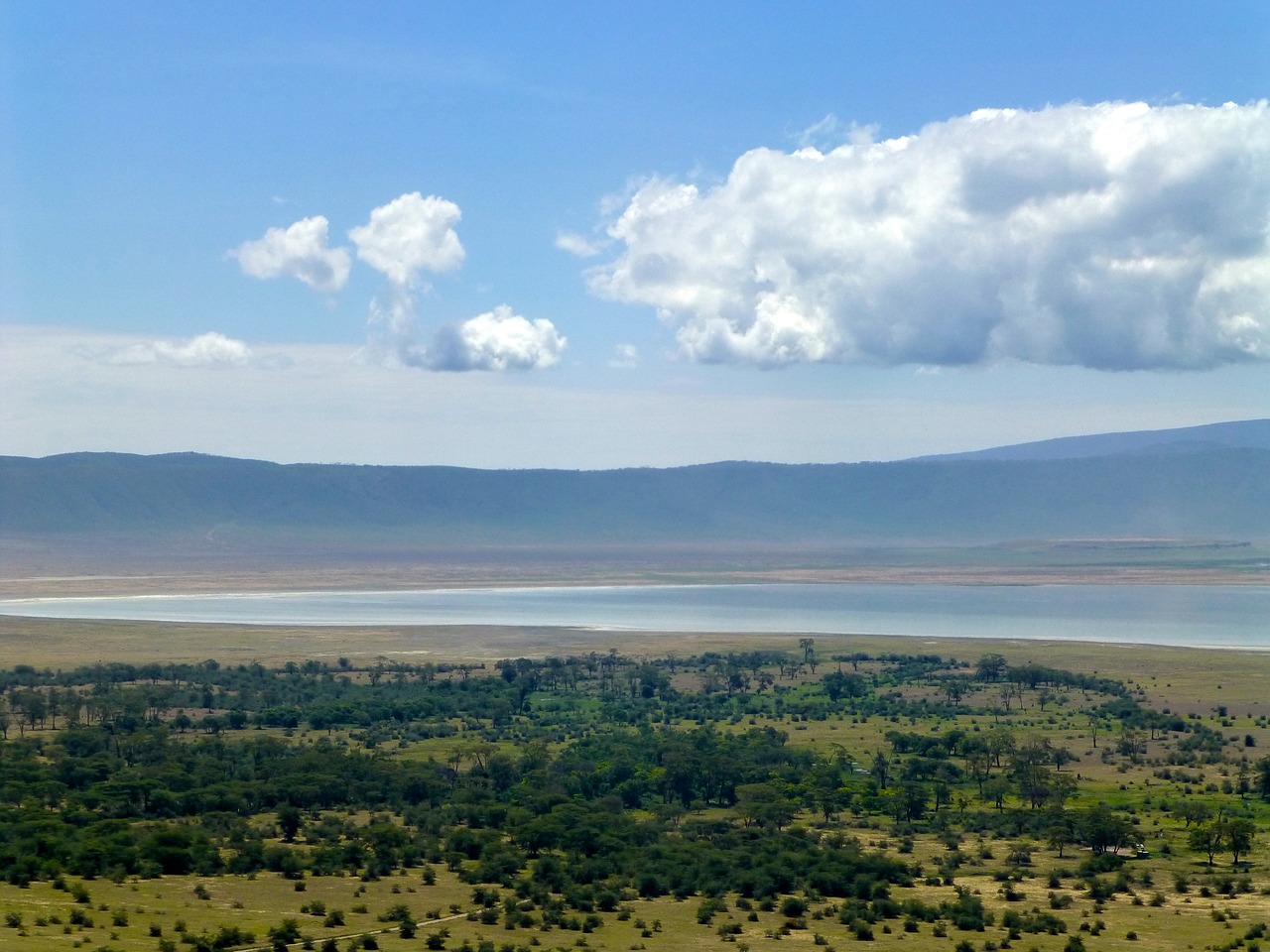Ngorongoro Crater, often referred to as the “Eighth Wonder of the World,” is a place of unparalleled natural beauty and wildlife diversity. It is one of the Seven Natural Wonders of Africa and rightfully so. The best time to visit Ngorongoro Crater depends on the experience you are after.
Let’s explore this natural wonder and the influential factors that affect a visit. The weather, crowds, and wildlife viewing are always the most important questions.
Best Time to Visit Ngorongoro Crater Based on the Weather
Ngorongoro Crater does not experience the traditional four-season year. There are two distinct seasons, each offering a different experience:
Dry Season (June to October):
- Weather: The dry season is characterized by clear skies and minimal rainfall. Daytime temperatures range from 70°F to 80°F (21°C to 27°C), making it pleasantly warm.
- Reasons to Visit: The dry season is often considered the best time to visit Ngorongoro Crater. The clear weather allows for excellent visibility, making it easier to spot wildlife. The reduced vegetation during this period also means that animals gather around water sources, increasing your chances of spectacular wildlife sightings.
- Wildlife: The dry season is the prime time for wildlife viewing. You’ll witness large herds of wildebeests, zebras, and gazelles as they migrate in search of water and food. Predators, such as lions and cheetahs, are also more active during this time, as they take advantage of the abundance of prey.
Green Season (November to May):
- Weather: This season is characterized by short rains, which bring life to the plains and create lush green landscapes. Daytime temperatures range from 70°F to 85°F (21°C to 29°C), and occasional rain showers are expected.
- Reasons to Visit: While the green season may not offer the same dry and dusty landscapes, it provides a unique and beautiful perspective of Ngorongoro Crater. The scenery is incredibly picturesque, with wildflowers in bloom and newborn animals dotting the landscape.
- Wildlife: Although wildlife is still abundant during the green season, it can be more challenging to spot due to the denser vegetation. However, this time is excellent for birdwatching, as migratory birds arrive in large numbers.
Best Time to Go to Ngorongoro Based on Crowds and Costs
- Crowds: The dry season, especially from June to September, is the busiest time at Ngorongoro Crater. Tourists flock to witness the Great Migration, which passes through the area. If you prefer a quieter experience, consider visiting during the green season when tourist numbers are lower.
- Costs: Accommodation and safari prices tend to be higher during the dry season due to the increased demand. In contrast, the green season often offers more budget-friendly options.
Best Time to Visit Ngorongoro for Seeing Wildlife

- Dry Season: If your primary goal is to witness the most significant concentration of wildlife in Ngorongoro Crater, then the dry season, particularly from July to October, is the best time. This is when the Great Migration, involving thousands of wildebeests and zebras, enters the region, attracting predators and creating dramatic scenes.
- Green Season: While wildlife is still abundant during the green season, it’s important to note that animals are more dispersed due to the availability of water and vegetation. Nevertheless, you can observe a range of wildlife behaviors, such as courtship and mating rituals, and the landscape is teeming with life.
Best Time of Day to See Each Part of Ngorongoro Crater
- Morning: Early mornings are ideal for game drives as animals are active before the heat of the day. The golden light during sunrise makes for fantastic photography, and you’ll have the chance to see predators on the move. If you want to see the sunrise over the crater, you will want to enter from the western side.
- Afternoon: Afternoons can be productive for wildlife viewing as well. Many animals are resting in the shade during this time, and you might witness predator-prey interactions as hunting becomes more prevalent. If you want to see the sun setting over the crater, you will want to venture over to the eastern side.
- Evening: Evening game drives offer the opportunity to see nocturnal animals, such as leopards and hyenas, in action. The stunning African sunsets make for a memorable end to your day.
Tips and Suggestions for the Best Experience at Ngorongoro Crater
- Book Early: Secure your accommodations and safari tours well in advance, especially if you plan to visit during the dry season when demand is high.
- Pack Layers: Regardless of the season, it’s essential to pack layers, including warm clothing for early morning and evening game drives, as temperatures can be cooler.
- Respect Wildlife: Always maintain a respectful distance from animals and follow your guide’s instructions. This ensures both your safety and the well-being of the wildlife. Remember, these are wild animals and an attack can happen suddenly.
- Stay Hydrated: Carry sufficient water during your game drives to stay hydrated, especially in the dry season when temperatures can rise.
Conclusion
Ngorongoro Crater is a year-round destination, each season offering a unique experience. Whether you prefer the dry season’s abundant wildlife or the lush landscapes of the green season, Ngorongoro Crater promises unforgettable moments with nature’s most extraordinary creatures. Plan your visit based on your interests, and you’ll undoubtedly be captivated by the beauty and wildlife of this natural wonder.

